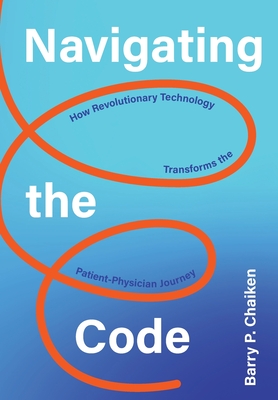
Navigating the Code: How Revolutionary Technology Transforms the Patient-Physician Journey
Description
Healthcare, by its nature, is not a particularly innovative endeavor. Unlike autos, which are always changing, there are set, time-tested ways to practice medicine. Yet does that mean physicians must adhere to business and administrative practices and processes that are fifty, seventy, a hundred years old?
Dr. Barry P. Chaiken thinks not. In this he is not alone, to be sure. In proposing a practical solution, he is. Chaiken, with his experience as a physician and his belief that information technology is the greatest problem-solving tool, has drawn these two endeavors together to solve the greatest medical and business problem of the 21st century.
The result: Revolutionary Healthcare Information Technology.
The author's simple, convincing thesis is based on a simple premise: we must open ourselves to change. Once we do so, he explains how this openness can help us out of our longstanding malaise and guide us toward a transformative healthcare experience for both the patient and the physician. With painstaking honesty and practicality, Navigating the Code presents a simple, factual, businesslike approach to solving healthcare's problems. But don't take his word for it: the book presents the views of eighteen thought-leaders in medicine and healthcare information technology.
Dr. Chaiken delineates the RHIT solution in five Parts:
Part I explains the depth and breadth of healthcare's problems, worldwide, then its issues with technology, change and business management;
Part II presents RHIT as the essential tool for change management and the transformation which accrues from its implementation;
Part III develops a deeper, more encompassing understanding of change management for creating an integrated workflow for clinicians, patients, and the business;
Part IV explores the application of RHIT and its transformational impact on the Hippocratic Code of quality, access, outcomes, and financial investment by both the patient and the provider; and
Part V draws everything together in two chapters, in the marriage of economics and interoperability, and the emerging connected, adaptive healthcare organization.
